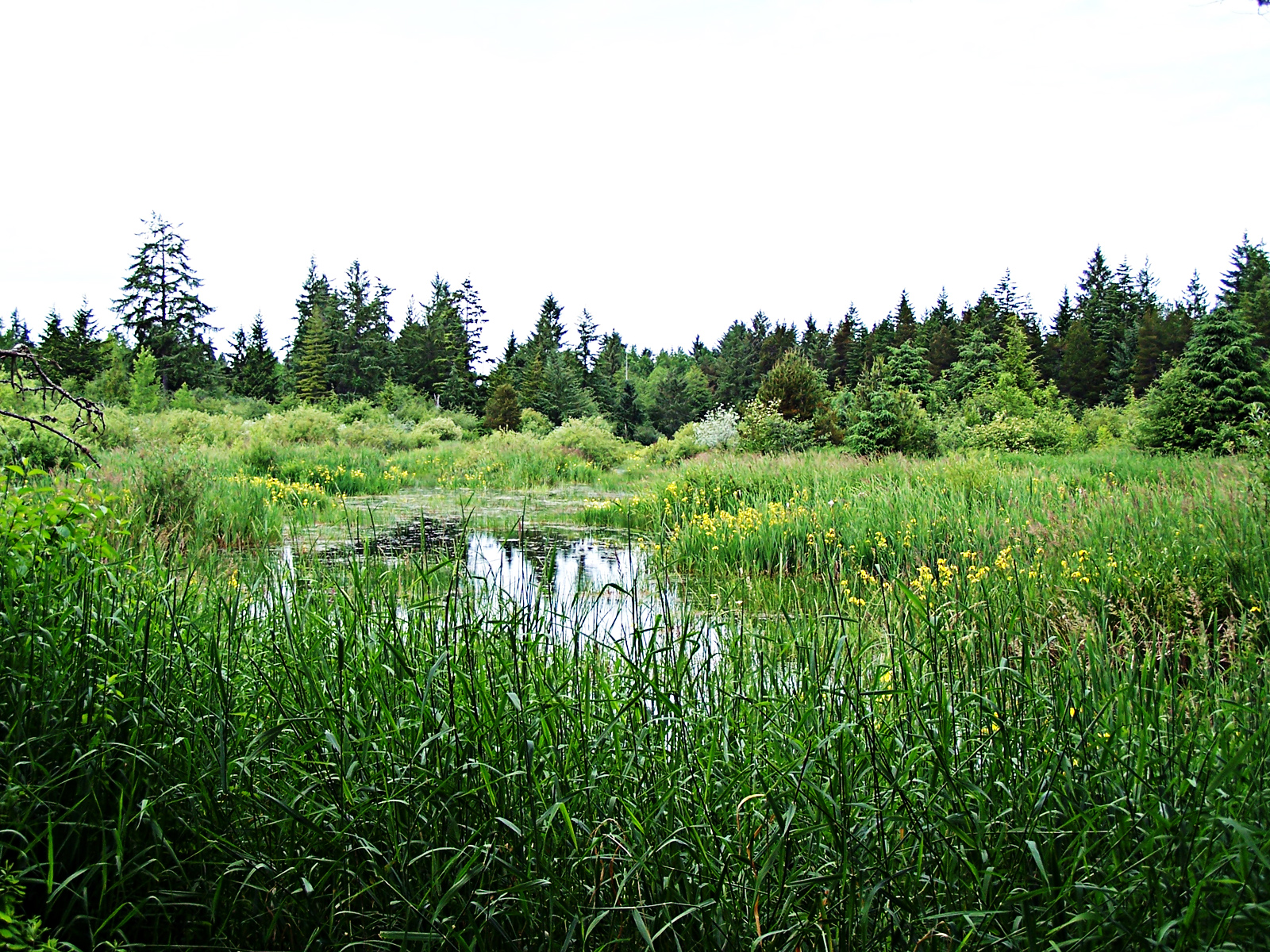- Marsh harrier
Taxobox
name = Marsh harriers
status = LC | status_system = IUCN3.1

image_width = 200px
image_caption = Western Marsh Harriers
regnum =Animal ia
phylum = Chordata
classis = Aves
ordo =Falconiformes
familia =Accipitridae
genus = "Circus"
subdivision_ranks = Species
subdivision =
*"Circus aeruginosus "
**"C. a. aeruginosus"
**"C. a. harterti"
*"Circus ranivorus "
*"Circus spilonotus "
**"C. s. spilonotus"
**"C.s. spilothorax"
*"Circus approximans "
*"Circus maillardi "
**"C. m. maillardi"
**"C. m. macrosceles"The marsh harriers are birds of prey of the harrier subfamily. They are medium-sized raptors and the largest and broadest-winged harriers. Most of them are associated with marshland and dense reedbeds. They are found almost worldwide, excluding only theAmericas .Until recently two species were generally recognized: the Marsh Harrier ("Circus aeruginosus") and the
African Marsh Harrier ("C. ranivorus"). The Marsh Harrier is now usually split into several species, sometimes as many as six. These are theWestern Marsh Harrier ("C. aeruginosus"),Eastern Marsh Harrier ("C. spilonotus"),Papuan Harrier ("C. spilonotus spilothorax" or "C. spilothorax"),Swamp Harrier ("C. approximans"),Réunion Harrier ("C. maillardi maillardi" or "C. maillardi") andMadagascar Marsh Harrier ("C. maillardi macrosceles" or "C. macrosceles").pecies
The
Western Marsh Harrier ("Circus aeruginosus"), often simply called the Marsh Harrier, breeds widely acrossEurope andAsia . It is migratory except in the mildest regions, and winters mainly inAfrica . It hunts smallmammal s,insect s andbird s, surprising them as it drifts low over fields and reedbeds.The Western Marsh Harrier is a typical harrier, with long wings held in a shallow V in its low flight. It also resembles other harriers in having distinct male and female plumages, but its plumages are quite different from those of its relatives. The male has wings with grey and brown sections and black wingtips. Its head, tail and underparts are greyish, except for the chestnut belly. The female is mainly brown with a cream crown and cream leading edge to her wings.
The
Eastern Marsh Harrier ("C. spilonotus") breeds in the grasslands and wetlands of southernSiberia , northernMongolia , north-eastChina ,Manchuria andJapan , and migrates for the northern winter toSouth-east Asia , thePhilippines and northernBorneo .Like all marsh harriers, it favours open, wet environments, and is frequently seen drifting low over ricefields, interspersing long, watchful circling glides with two or three slow, powerful wingbeats. Two subspecies are recognised: "C. s. spilonotus" of east Asia, and "C. s. spilothorax", of
New Guinea and the islands nearby, which is sometimes thought to be a separate species and is often called thePapuan Harrier .The
Swamp Harrier ("C. approximans") at about 50 to 58 cm is slightly larger than "C. spilonotus", often a little darker, and has less heavily barred wings and tail. It is commonly found in suitable habitat anywhere inAustralasia , particularly in the higher rainfall areas to the east, south-east, and south-west, ofAustralia and throughoutNew Zealand , but also in the tropical north of Australia and the island groups ofNew Caledonia ,Vanuatu ,Fiji ,Tonga and theSociety Islands . It is also known as the Australasian Harrier or Pacific Marsh Harrier.The
Madagascar Marsh Harrier or Madagascar Harrier ("C. maillardi") is found on theIndian Ocean islands ofMadagascar ,Réunion and theComoros . It is sometimes split into two species: Madagascar Harrier ("Circus macrosceles") and Réunion Harrier ("C. maillardi).The
African Marsh Harrier ("C. ranivorus") is a distinct non-migratory species that has not usually been included as a subspecies of "C. aeruginosus". It inhabits southern and easternAfrica .References
* Roger Clarke (1995) "The Marsh Harrier", Hamlyn, London.
* James Ferguson-Lees (2001) "Raptors of the World", Christopher Helm.External links
* [http://www.ibercajalav.net/img/112_MarshHarrierC.aeruginosus.pdf Ageing and sexing (PDF) by Javier Blasco-Zumeta]
Wikimedia Foundation. 2010.
